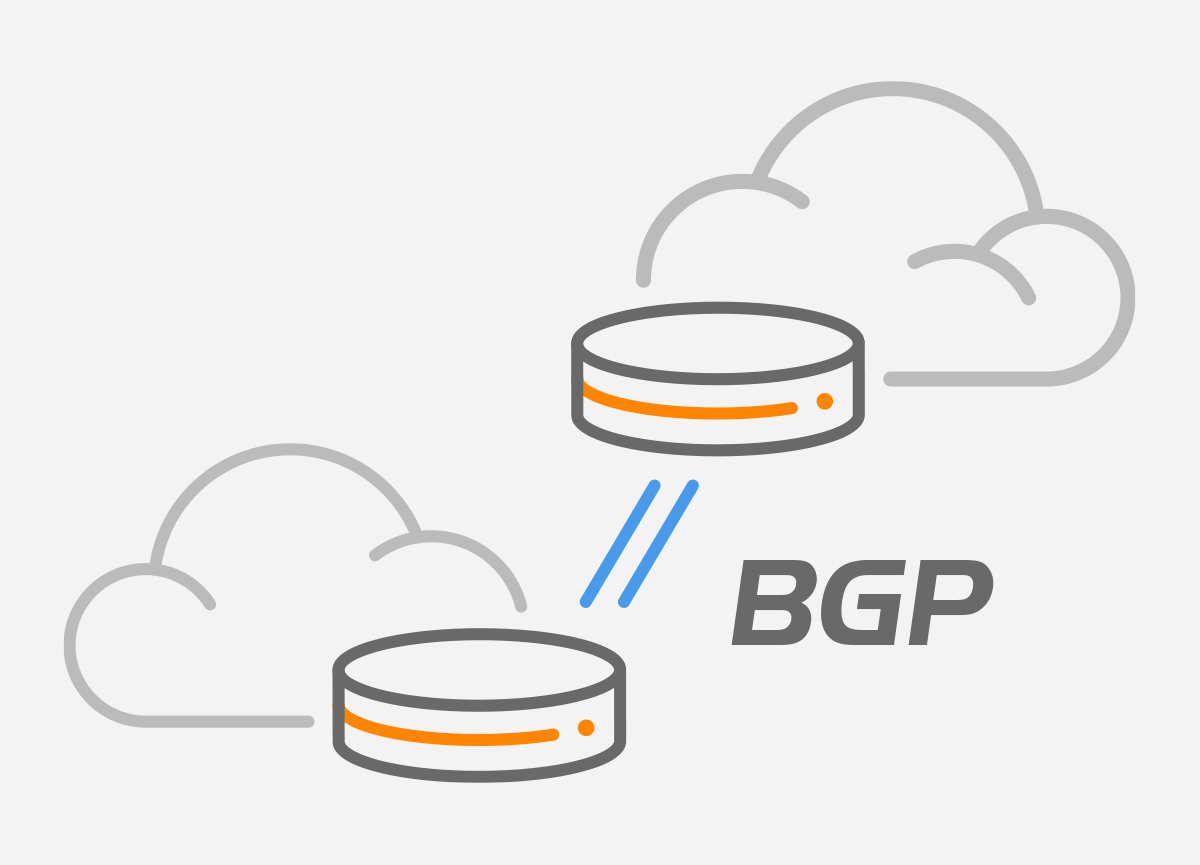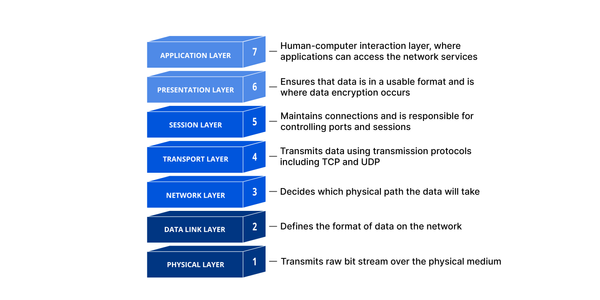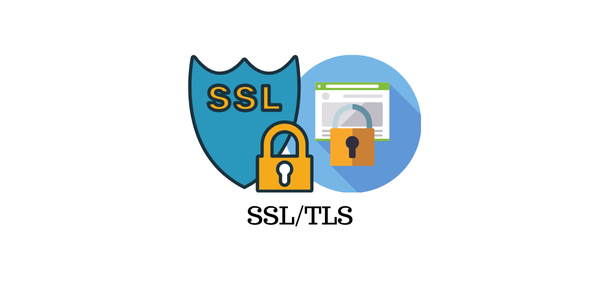In the vast and intricate world of the internet, ensuring that data packets find their way from source to destination is a monumental task. At the heart of this process is the Border Gateway Protocol (BGP), a crucial protocol that manages how packets are routed across the internet. This blog post delves into the significance, workings, and evolution of BGP, helping you understand why it’s often referred to as the backbone of the internet.
What is BGP?
BGP, or Border Gateway Protocol, is the protocol used to exchange routing information between different networks on the internet. These networks, known as Autonomous Systems (AS), are large networks or collections of networks managed by a single organization. BGP is essential for ensuring that data can be routed efficiently and reliably across these diverse networks.
The Role of BGP in Internet Routing
Imagine the internet as a vast, interconnected web of networks. Each network (or AS) needs to know the best paths to reach other networks. BGP facilitates this by enabling ASes to exchange routing information, ensuring data packets can traverse multiple networks to reach their final destination.
BGP is often described as a path-vector protocol. It maintains a table of IP networks or 'prefixes' which designate network reachability among ASes. Each BGP router maintains a routing table that lists all available paths and selects the best path for data packet forwarding based on a set of rules and policies.
How BGP Works
- Establishing Connections: BGP routers establish a connection with their peers using a TCP connection on port 179. These connections, known as BGP sessions, are critical for exchanging routing information.
- Exchanging Routing Information: Once a BGP session is established, routers exchange full routing tables. After the initial exchange, only changes in routing information (updates) are sent. This helps reduce the amount of data being transmitted.
- Path Selection: BGP routers use various attributes to select the best path for routing packets. These attributes include the AS path length, path origin, next hop, and multiple others. Administrators can also define policies to influence path selection based on business needs or performance considerations.
- Maintaining Routing Tables: BGP continuously updates its routing tables based on the information received from peers. If a route becomes unavailable, BGP will recalculate the best path and update the routing table accordingly.
The Importance of BGP
Scalability
BGP is designed to handle the immense scale of the internet. It can manage thousands of networks and millions of routes, making it suitable for the vast and dynamic nature of global internet traffic.
Flexibility
BGP’s policy-based routing allows network administrators to implement custom routing policies. This flexibility ensures that network traffic can be routed according to specific requirements, such as avoiding certain networks or preferring lower-latency paths.
Reliability
BGP ensures redundancy and reliability in the internet’s routing infrastructure. If one path becomes unavailable, BGP can quickly reroute traffic through alternative paths, maintaining the flow of data even in the face of network failures.
Challenges and Evolution
Despite its robustness, BGP is not without challenges. Misconfigurations, route hijacking, and the time it takes to converge (recalculate the best path after changes) can impact internet performance and security. Over the years, various enhancements and best practices have been developed to address these issues.
Security
Security is a significant concern in BGP. Techniques like BGP Route Filtering, Route Origin Authorizations (ROAs), and Resource Public Key Infrastructure (RPKI) have been introduced to enhance BGP security, helping to prevent issues like route hijacking and misconfigurations.
IPv6 and BGP
As the internet transitions from IPv4 to IPv6, BGP continues to play a vital role. BGP supports IPv6, ensuring that routing can accommodate the expanded address space and new features introduced with IPv6.
Conclusion
BGP is a foundational protocol that keeps the internet running smoothly. Its ability to efficiently manage routing across diverse networks makes it indispensable. As the internet continues to grow and evolve, BGP will remain a critical component, adapting to new challenges and ensuring reliable and secure connectivity across the globe.
Understanding BGP is essential for anyone interested in networking or the inner workings of the internet. Its complexity and importance underscore the remarkable engineering that supports our everyday digital interactions.







